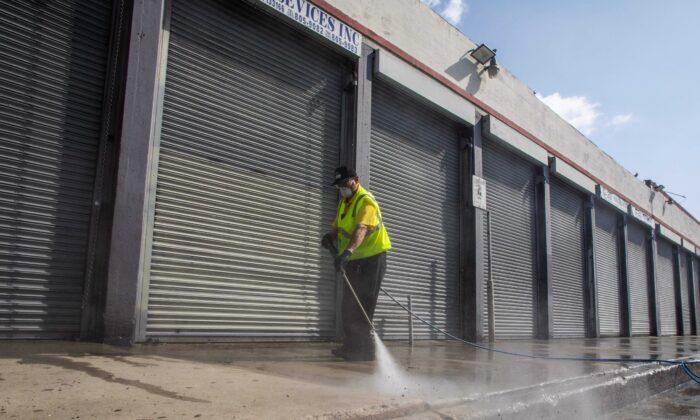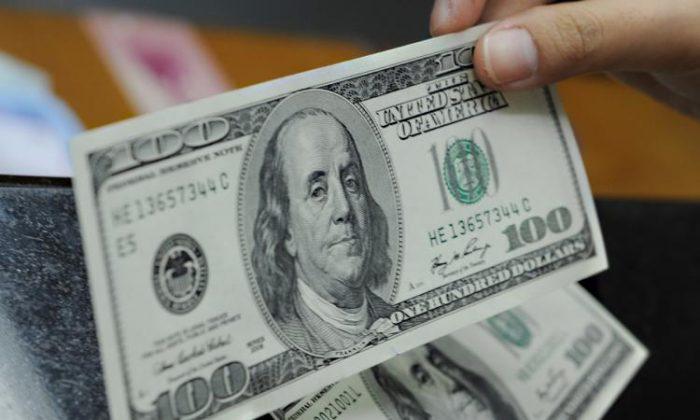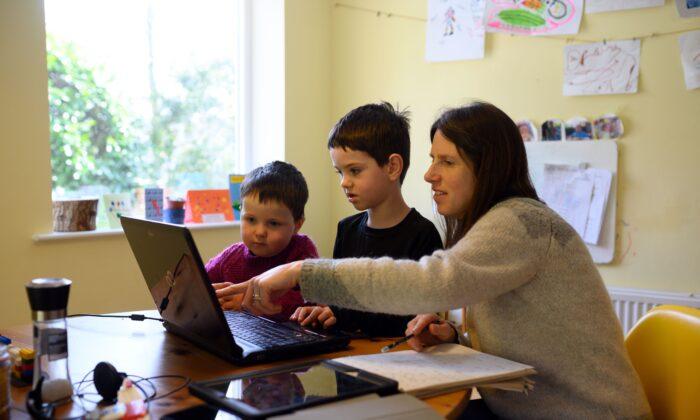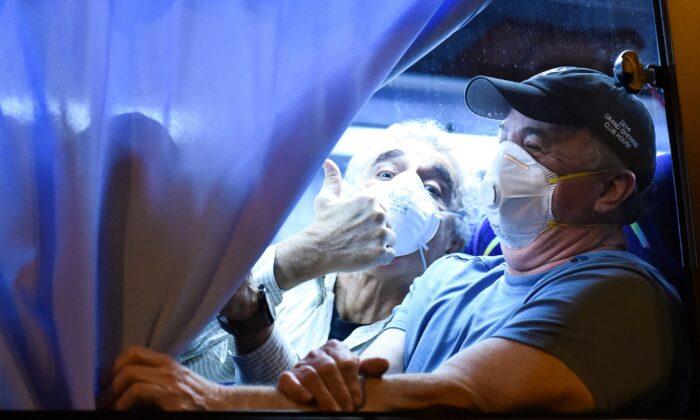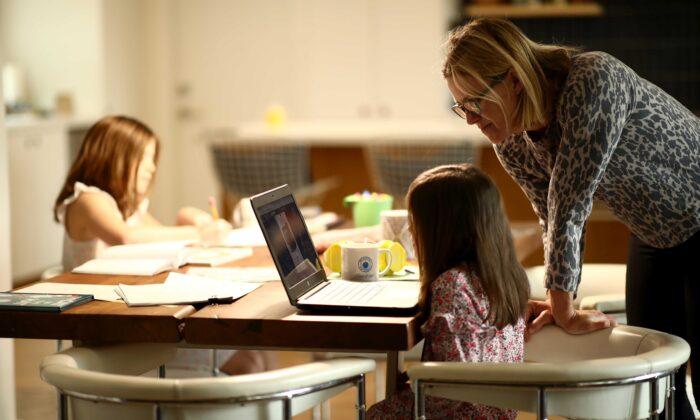It seems now we might have traded one catastrophe, a medical one, for a different one, an economic one. Or at least, they’re running parallel.
Of course, this is not a value statement. There is no comparison to the loss of life and loss of employment. Social distancing and stay at home mandates might be—hopefully are—flattening the curve to mostly buy time for scientists to find a cure or a way to mitigate the effects of the CCP virus. But this has dramatically steepened the economic curve in the reverse direction, driving the United States toward an unprecedented recession.
As unemployment climbs and job losses increase, the crippling economy will devastate millions of Americans, forcing regular families into debt, onto food stamp or SNAP programs, and burdening the government even more.
While I think social distancing was the right thing to do, I wonder if it might be time to gradually reopen the economy in a careful, measured way, taking into account all we have learned about who gets infected and why.
One country we might observe that never took the same drastic measures the United States did as far as social distancing mandates, is Sweden.
While their economy has taken a small hit, it hasn’t plummeted anything like as much as the United States’ has, nor has the spread of the CCP virus increased the same way, even when size and population are taken into account.
Perhaps it’s time to look closely at where the CCP virus is spreading most in the United States, and continue mandating those areas remain as quarantined as possible: If the elderly are still the largest demographic the CCP virus is infecting, continue mandating they remain quarantined while the rest of us aid them in shopping and other needs.
Continue to require or suggest that groups larger than 50 are banned and that when people are out, they social distance, wear masks, and of course, wash their hands. This strategy incurs a certain amount of risk but not a blind one—none of these suggestions are lackadaisical in nature, but based on at least some measurements and knowledge of the CCP virus, how it spreads, who gets infected, and more.
Whether we should open the economy now, slowly, is a tricky decision and one that we will likely never know is correct or if completely shutting it down is what we should have done in hindsight: What if keeping the entire economy open like Sweden did made the CCP virus spread more rapidly and even more people died? We will never know.
Still, as we head into the third and fourth week of social distancing, it’s a possibility to consider that small, measured risks, could reap small, measured rewards while mitigating the loss of life as much as possible.
While we certainly don’t want to increase the likelihood of CCP virus-related deaths in this country, a robust economy is a vital aspect of this nation’s backbone, security, wellness, and even safety. Without it, citizens will suffer, and suffer for not just weeks but months, even years.
The United States has suffered many blows over the course of her existence, and she will certainly weather this one. But she has never succeeded without some risk. This might be the time to take that risk: Slowly reopen the economy in strategic areas of the country and with strategic social distancing measures in place, and observe closely how it goes.
